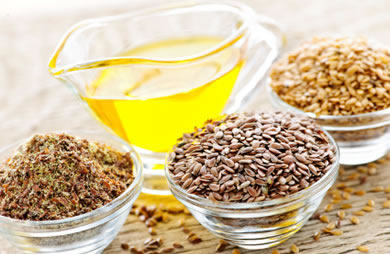|
Pick up an innocent box of granola bars or a bottle of iced tea and you're hit with health claims—from less fat to made with real sugar. In fact, a USDA study showed that 43% of products introduced in 2010 splashed nutrition ads on their packaging. But despite their promises, you could be eating more fat, calories, salt and sugar than you think. Get the facts on the most deceptive claims so they never mislead you again. 1. "Cholesterol-Free" What you think it means: Heart-healthy! What it really means: Cholesterol's only in animal products, but the cholesterol-free stamp is frequently used on plant-based foods that would never contain it. Plus, plenty of junk food is naturally cholesterol-free (think Red Vines and Fritos), which doesn’t make it heart-healthy. "Besides, research shows that dietary cholesterol doesn't affect blood cholesterol levels the way we thought it did decades ago," says Darya Pino Rose, PhD, author of Foodist. Instead: Eat fewer highly processed carbs and sugar, "two major culprits of heart disease," says Dr. Rose. 2. A Green Label What you think it means: Go. As in, "go ahead; it's OK to eat me." What it really means: Nothing. "Green is a found-in-nature color, so we associate it with health" even when we shouldn't, says Lisa DeFazio, a registered dietitian in Los Angeles. One study in the journal Health Communication found that consumers are more likely to think a candy bar with a green label is healthier than those with white or red labels—even if they have identical calorie counts. Instead: Ignore the front of the packaging and check out the nutrition facts on the back or side. Red flags: The ingredients list includes partially hydrogenated coconut oil, palm oil, shortening or vegetable fat and/or high fructose corn syrup. 3. "Reduced Sodium" What you think it means: The food is low in sodium. What it really means: The food contains less sodium than the original product. Other versions of the phrase sound the same but mean different things: low in sodium or less sodium (at least 25% less than the original), light in sodium (50% less than the original) and low sodium (140 mg or less of sodium per serving). Instead: Consider any food with 20% or more of your daily value (DV) for sodium a high-sodium food. Choose ones that provide 5% or less of your DV for sodium per serving—and watch your portions. Click here for more food label information from Woman's Day. More from Woman's Day: Do you read food labels when shopping? What tricks have you noticed? |
Popular EntriesMore From SparkPeople
|
.jpg)



.jpg)












.png)
.png)
